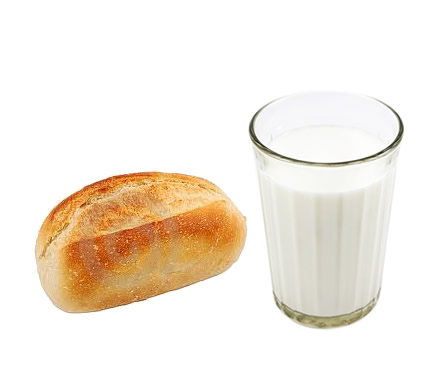Schools serve rations to students
Posted on June 10, 2011
Filed Under relief & aid | Leave a Comment
 In today's world, it is beyond comprehension that this situation could exist when at the same time just miles away people are going to movies and dinner as if there is nothing unusual. At sometime, the donations and government support will reach the victims and those suffering from the ensuing economic downturn, but can we in good conscious sit by and allow the affected to suffer? – Kozmoz
In today's world, it is beyond comprehension that this situation could exist when at the same time just miles away people are going to movies and dinner as if there is nothing unusual. At sometime, the donations and government support will reach the victims and those suffering from the ensuing economic downturn, but can we in good conscious sit by and allow the affected to suffer? – Kozmoz
As concerns over radiation contamination in water and food continue to hover in disaster-struck northeastern Japan, public schools in eight towns in Iwate and Miyagi are still unable to provide regular lunches to their students, according to Japanese press reports…
With facilities knocked out by the March earthquake and tsunami, some lunch distribution centers can’t offer regular menus even though students went back to school in April. For instance, public elementary and middle schools in Ishinomaki city have only been able to provide students with an extremely lean menu—typically a bread roll and a serving of milk, with the occasional gelatin pudding.
Not all Japanese public schools provide school lunches, or kyushoku, but most do, and the process is highly coordinated to meet the nutritional requirements of growing youngsters. The Ministry of Education, Culture, Sports, Science & Technology has strict nutritional and caloric guidelines for school lunches at each grade level, and each school employs a nutritionist who designs a monthly menu. Depending on the grade level, students should consume 560-850 calories at lunch time, according to ministry guidelines.
With many students and their families marooned in refugee shelters when classes resumed following the earthquake, a few well-meaning schools stepped up efforts to make life easier, in some cases providing basic meals where they previously had students bring their own lunches.
But the good intentions have given rise to a few hiccups. While the “limited menu” of bread and milk may meet the caloric needs for less active students, school life is in full swing. That includes after-school extracurricular activities, which, for a typical middle school student, can be up to three hours of athletics.
Parents have also voiced concerns that the imbalanced menu may cause vitamin and mineral deficiencies. Most public schools don’t allow students to bring snacks or beverages to school, but some parents in the regions have requested that students be allowed to supplement their school lunch with food from home, such as rice balls, small packages of meats and fruit.
School administrators in towns where lunches are limited or not provided are cautious about the implications of allowing or encouraging students to bring food from home: While some parents may be able to provide, many families continue to live in shelters, and are simply unable to bring extra supplies.
For schools that continue to provide limited menus, additions of canned fish and hamburger meat are expected sometime in June. But as with many aspects of life in some areas of Tohoku, the return to pre-quake operations will take time: In many areas, regular lunch services won’t likely be restored until July.
published in wall street journal june 7th by anna novick
Comments
Please Comment